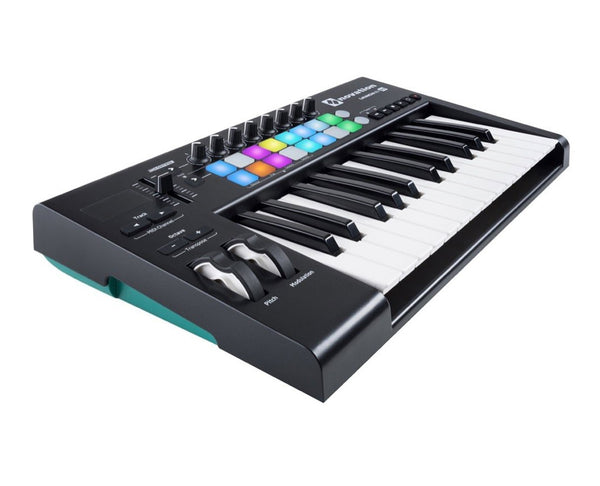

Next, the tension rod opposite the first lug is tightened by the same number of turns. The reason for this is to keep an even tension across the drum head, which is impossible to do if the lugs are tightened differently. When tensioning a head, the tensioning rod closest to the tensioner should be tightened first.

The tensions on the heads deliver the desired fundamental pitch when struck.The tensions on the individual batter and resonant heads on each drum are consistent and deliver a clear tone.Some drummers muffle bass drum tone by inserting a towel, blanket, or similar material.Though the drum will have a less "round" sound than without a hole. The resonant head can have a small (approximately 6") offset hole to allow for air pressure to escape and to support the insertion of a microphone.


The resonant (front) head is usually looser than the batter head and is mainly responsible for the fundamental, audible tone of the drum.Treatment or muffling may be applied to any type of drum head to deaden resonances and control overtones.Other choices include perfect fourth and major third. The most common interval is a perfect fifth. The top, batter head of a 14-inch snare drum is tuned to a range of 220–349 Hz ( A 3 to F 4), generally a specific interval lower than the resonant head.Overtightening risks damaging the head the recommended maximum is 400 Hz. The resonant head on a 14-inch snare drum is tuned to a range of 330–391 Hz ( E 4 to G 4), depending on the overall tuning of the drum kit.The thin, sensitive bottom (resonant) head is generally tuned higher than the batter head, to deaden the tendency for lengthy, ringing resonance.Or, if the goal is to work with standard soundfonts, just stop using non-standard mappings within Cubase.Styles Snare drum and bass drum Snare drum Or, just find a soundfont that uses the non-standard mapping you elected to use. Then do the same for every other pitch you need to change. Right-click one note that uses pitch 77, Select / More, Same pitch, OK - now they are all selected, and you can use the arrow keys to move them to the correct pitch. But if Cubase lacks that capability, you can make MuseScore (which wasn't really designed for MIDI manipulation) do it for you with some effort. Best if Cubase can be configured to remap on export - that seems like a pretty basic thing for any program that specializes in MIDI to support. If so, then what you need isn't a new mapping - you need new pitches in your score. Hmm, are you saying you don't actually have a soundfont that uses this mapping? That is, you created a MIDI track using a non-standard mapping using Ciubase, but you don't actually have a soundfont that uses that same mapping?


 0 kommentar(er)
0 kommentar(er)
